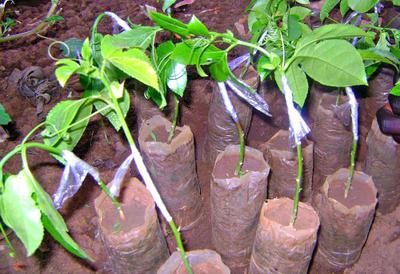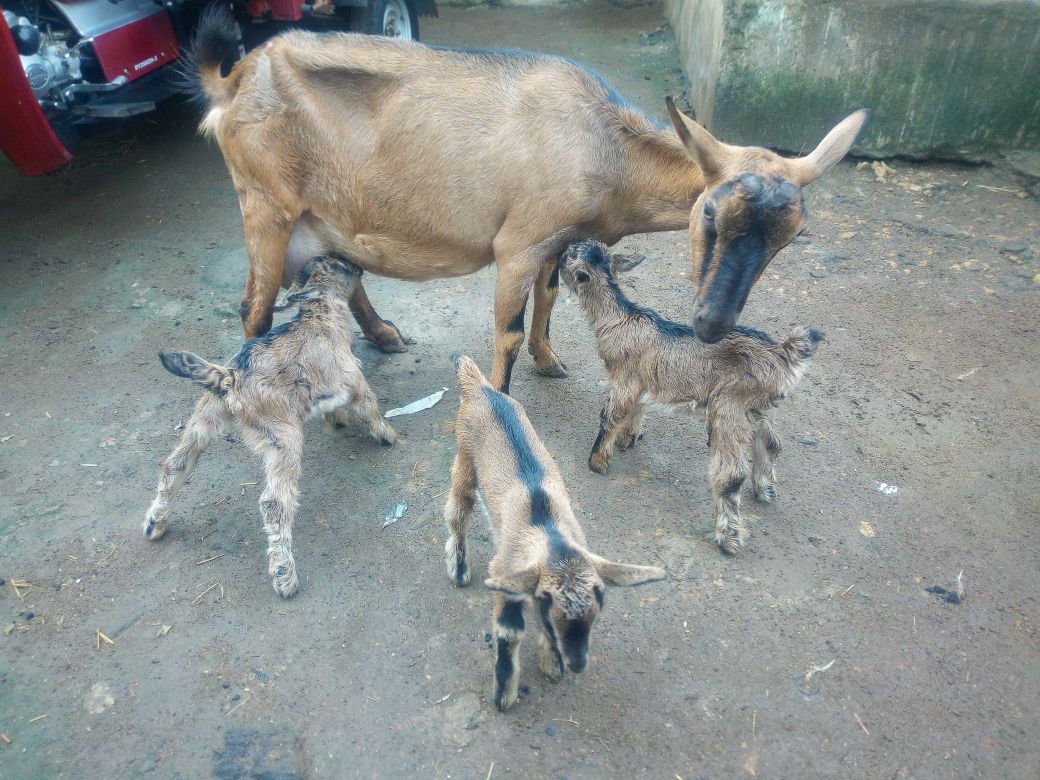The disease is caused by mites that burrow into the skin causing severe itching, loss of fur, dry rough crust, emaciation and death. This causes losses to farmers as they cannot sell skin from an infected goat while at the same time infected meat is discarded.
In this, use crude castor seed oil (do not use refined castor oil) mixed with tamarind fruit solution, at one tin (two kilos) of castor seed oil to one and half tin (one kilo) of tamarind solution.
A kilo of tamarind costs roughly Sh149 in Kenya while castor seeds retail at Sh30 per kilo.
Related content
Rearing five dairy goats is 45 per cent more profitable than a dairy cow
Driver who resigned to venture into goat farming does not regret
KALRO’s new goat breed suitable for arid areas has potential to yield eight liters of milk a day
To prepare the mixture, roast the castor seeds on a pan until they start popping and turning dark then pound the roasted seeds in a mortar or use a grinding stone. Pour them in to a cooking pot and add water then heat it until the oil shows on the surface and remove it to cool.
As for tamarind fruit, soak the fruit in a bucket of water and stir them to make a thick paste then remove the seed and residues from the paste.
After both are ready, apply the castor oil with tamarind paste on the animal’s body using a hand brush once every four weeks.
This method cuts costs by half compared to chemical use and is more effective.


















